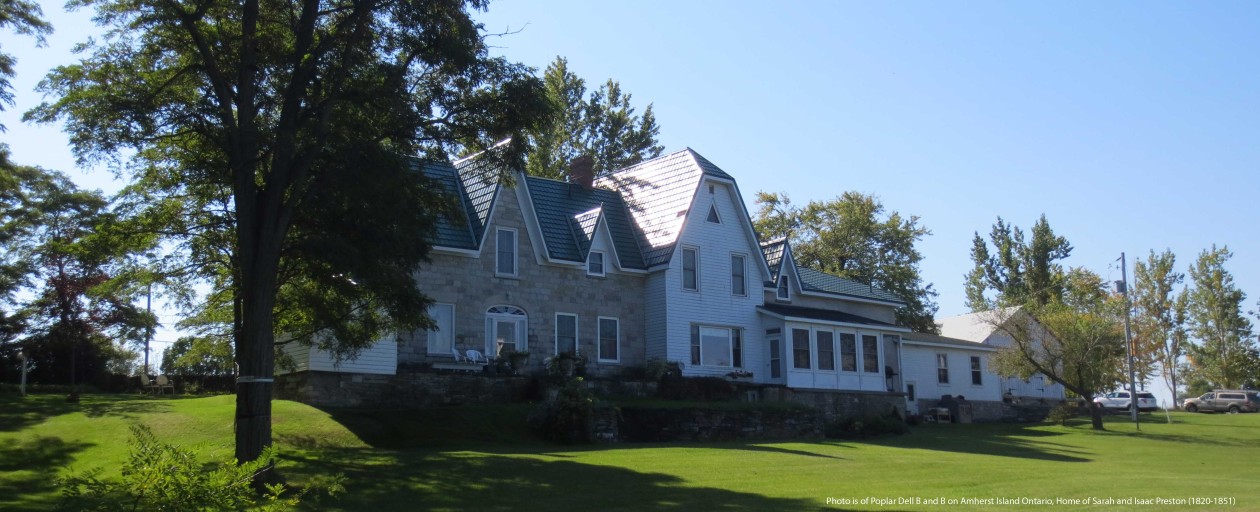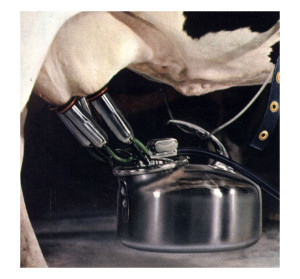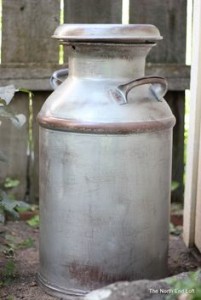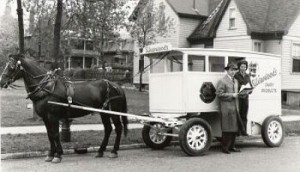On summer vacation, I recall walking the Holstein cattle in from overnight pasture at six o’clock in the morning as the sun rose in the east and our feet got wet with the dew. The smell was of things growing, and if there was a fresh cut hay field beside the fences, that sweet smell of clover, alfalfa, brome grass and others, filled my nostrils. Birds would be calling, swallows soaring and diving; catching insects. Later in the day, the Meadowlarks and Bobolinks would hop from fence wire into the grasses, when you got too close.
Back to the cattle. When you arrived at the pasture, the cows knew it was milking time. They roused from their lying or standing positions as the gate opened. My grandfather would call. “Co boss, co boss” which I always assumed was his version of “Come Bossy”. The lead cow would respond, venturing first to the laneway. We then circled behind making sure all were moving along. In their pecking order, they left, teats swollen, waving back and forth, looking for relief. We followed. Back at the barn, the door opened, the lead cow, entered, moving to her spot in the stanchion line. The others moved into theirs, all in relation to the lead cow. My job as a boy would be to lock the stanchion around the head, keeping bossy in her place. Then I would be allowed to portion out feed to each, hay and silage corn in winter, milled grain in the summer.
The Holstein herd – photo 1940’s.
Once the cows were “locked in,” my grandfather would milk them in order, cleaning the teats, attaching the “Surge” vacuum milking system (see photo below). The “Surge” buckets would then be poured into transfer pails. The milk house was detached from the barn, so all pails had to be slogged about 150 feet. Inside the milk house the milk was poured through a paper filter into the metal milk cans. (next photo). At the end of the process, some milk and or the filters for the barn cats to enjoy.
Cans were stored in a chilled water bath. Full cans were picked up on alternate days. Destination: for many years the Silverwood’s dairy in Peterborough. When dairy farmers upgraded to chilled bulk tanks, in attached buildings to the stable, it was time to retire for my grandfather. (1967).
Delivery in the 1940’s




